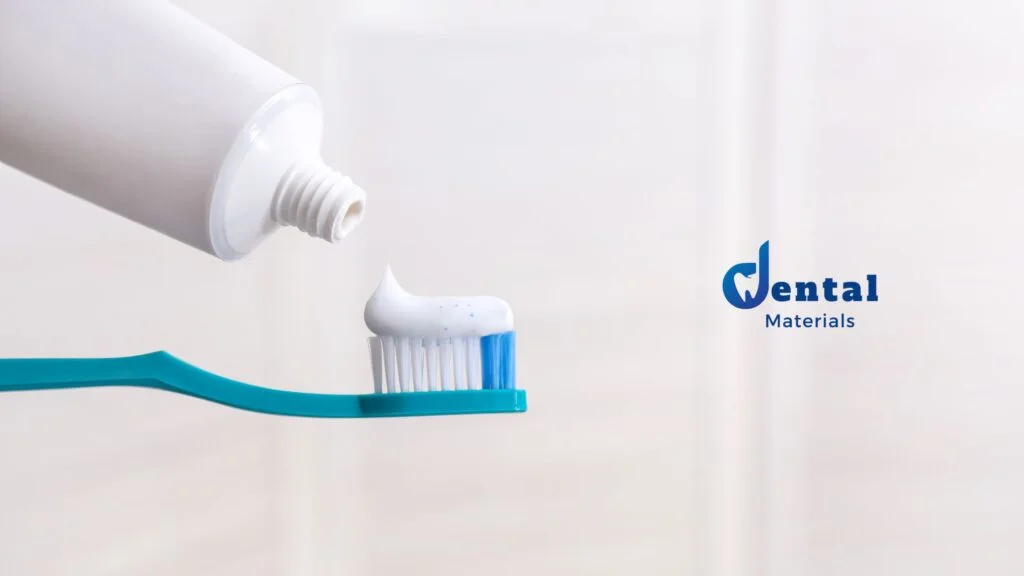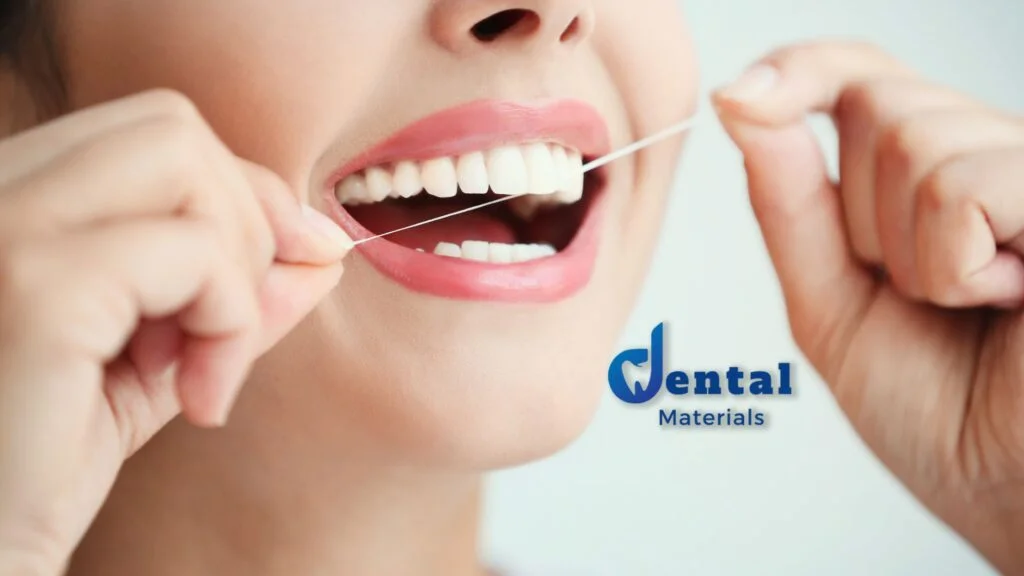Did you know that leaving the cap off of your toothpaste can have a major impact on its effectiveness and shelf life? Despite being a small detail, neglecting to replace the cap on your toothpaste tube can lead to a range of dental problems and significantly reduce its potency.
When toothpaste is left open, it creates an ideal environment for bacteria and fungi to thrive. These microbes can multiply rapidly in the warm and moist conditions, increasing the risk of cavities, gingivitis, and bad breath. Additionally, the active ingredients in toothpaste, such as fluoride, can break down when exposed to air, light, or heat, rendering the toothpaste less effective in protecting against dental issues like cavities.
Not only can leaving the cap off of your toothpaste allow bacteria and fungi to contaminate the tube, but it can also cause the toothpaste to dry out. As a result, the toothpaste becomes hard and gummy, making it difficult to use and less effective in cleaning your teeth.
Furthermore, the drying out of toothpaste can lead to the degradation of its active ingredients. As a result, the toothpaste’s ability to protect against cavities and maintain oral health is compromised.
So, what is the recommended approach? Always put the cap back on after using your toothpaste to keep it fresh, effective, and to extend its shelf life. By taking this simple step, you can ensure that your toothpaste remains potent and provides the optimal oral health benefits you expect.

The Impact of Leaving the Cap Off
Leaving the cap off of your toothpaste can have detrimental effects on its quality and your oral health. When toothpaste is left uncapped, it is at risk of drying out, resulting in a hard and gummy texture that is difficult to use and less effective in cleaning your teeth. The act of drying out also causes the active ingredients, such as fluoride, to lose their potency, reducing the toothpaste’s ability to protect against cavities and maintain optimal oral health.
Additionally, an uncapped toothpaste tube is a breeding ground for bacteria and fungi, which can lead to oral health issues such as cavities, gingivitis, and bad breath. Moreover, without a cap, the toothpaste can come into contact with bacteria present in the bathroom, such as those sprayed when flushing the toilet, further compromising its hygiene.
To maximize the effectiveness of your toothpaste and ensure good oral health, it is crucial to always replace the cap after each use.
Toothpaste Shelf Life and Expiration
Properly storing toothpaste is crucial in maintaining its effectiveness and maximizing its shelf life. Toothpaste typically has a shelf life of about two years, but this can be significantly reduced if it is left uncapped or exposed to air, light, or heat. These external factors can cause the active ingredients in toothpaste, such as fluoride, to degrade over time, compromising its ability to protect against cavities and maintain oral health.
Leaving the cap off of toothpaste can also lead to it drying out, further shortening its shelf life and effectiveness. When toothpaste dries out, it becomes harder to use and may not spread evenly on your toothbrush. Additionally, a dried-out toothpaste tube can be unhygienic as it can attract bacteria and other microbes, which can potentially cause oral health issues.
To ensure that your toothpaste remains fresh and effective, it is important to check the expiration date and make sure that you always have a supply of toothpaste with active ingredients. Additionally, be sure to store your toothpaste in a cool and dry place, away from direct sunlight and sources of heat. Keeping the cap on when not in use will also help preserve the toothpaste and prevent it from drying out.
Tips for Proper Toothpaste Storage
Proper toothpaste storage is essential to maintain its longevity and effectiveness. Here are some tips to help you store your toothpaste in the best way possible:
1. Keep the cap tightly closed: After each use, make sure to screw the cap back on tightly. This will prevent air, light, and moisture from entering the tube and affecting the toothpaste’s quality.
2. Store in a cool and dry place: Heat and humidity can cause the toothpaste to become dry, clumpy, and less effective. To preserve its freshness, store the toothpaste in a cool and dry location, away from direct sunlight.
3. Avoid storing in the bathroom: Bathrooms are often humid, which can accelerate the degradation of toothpaste. Instead, find a storage spot in a different area of your home where the temperature and humidity levels are more stable.
4. Use a toothpaste dispenser: If you prefer a more organized and hygienic approach, consider using a toothpaste dispenser. These devices protect the toothpaste from exposure and dispense the perfect amount each time, minimizing waste.
By following these toothpaste preservation tips, you can ensure that your toothpaste stays fresh, effective, and ready to protect your teeth and gums for a long time.




